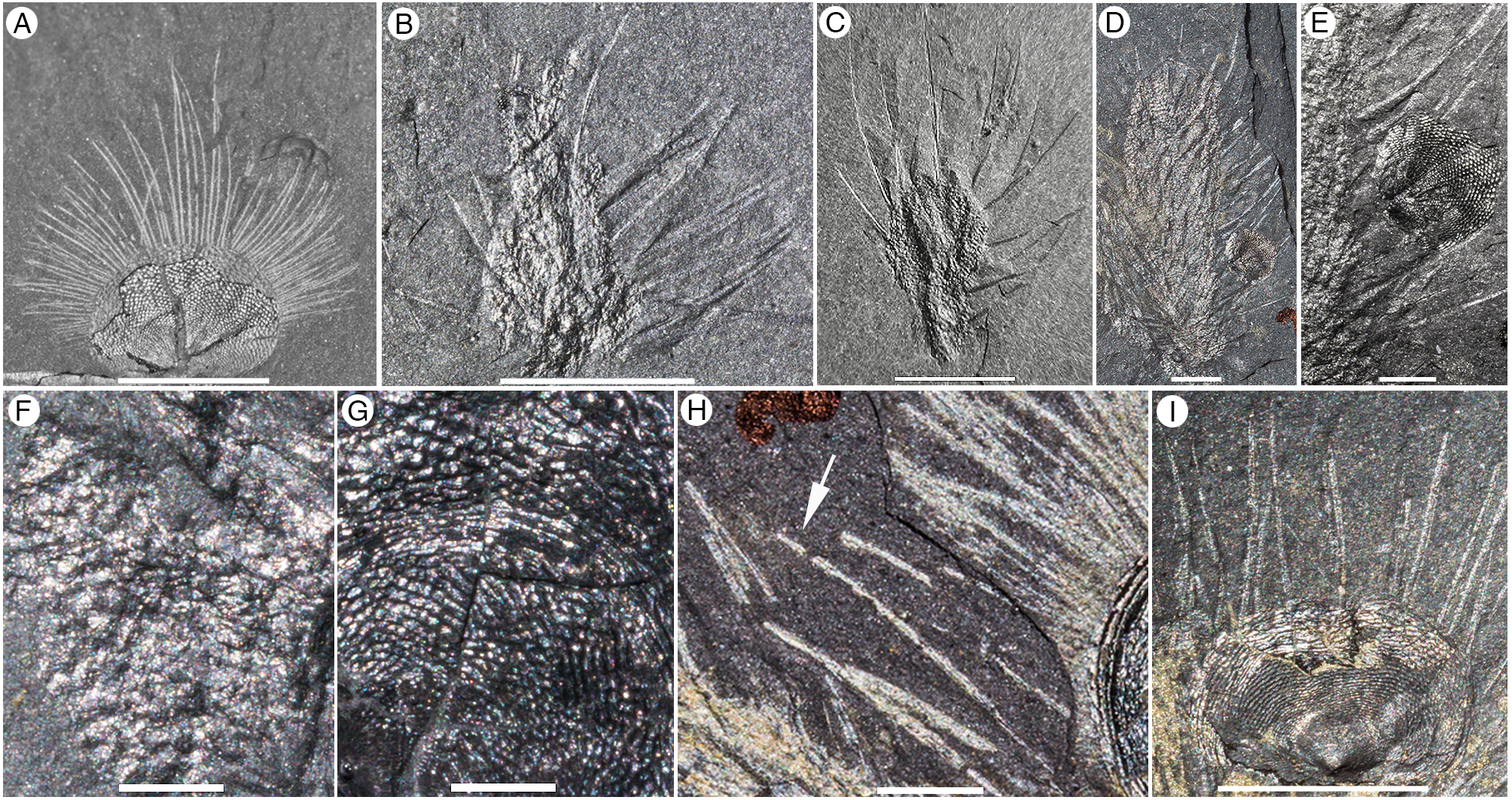
Ecology: Caribbean Pillar coral
Caribbean coral species all suffer habitat destruction, overfishing, sewage, various pollution, disease, and global climate change. There is an increased concern over D. cylindrus because of its limited habitat preferences and disease susceptibility. The colonies reproduce asexually by fragmentation of pillars, which re-attach to the reef and grow into new vertical pillars.
In this study, scientists reared sexually reproduced Caribbean Pillar coral from larvae to primary polyp settler stage for the first time. The authors believe that sexually-produced recruits have never been found in over 30 years of surveying the Caribbean reefs. This success is likely to aid in the understanding and conservation of this threatened coral.
Cancer: Genomics driven-oncology: challenges and perspectives
The idea of using genomics to identify treatments in Cancer is a relatively recent but growing field. A commentary on this subject uses lung adenocarcinoma as an example for which it has been possible to identify driver genetic alterations in approximately 75% of the cases. RET fusion transcripts are detectable in about 1–2% of these growths and might represent targets for therapeutic intervention with RET kinase inhibitors. It is clear that a number of issues need to be addressed in order to to make genomics-driven oncology available routinely for patients. Firstly, the availability of novel diagnostic methods which permit extensive characterization of lung tumors from low levels of RNA or DNA has to be standard. The identification of reliable biomarkers of response and resistance to targeted agents is essential and the role of tumor heterogeneity in the response to drugs targeting molecular pathways needs to be clarified.
In a Finnish study, Parental Body Mass Index and education were the strongest determinants of children being overweight. Children of overweight parents had an increased risk of themselves being overweight. In the case of education, there was a distinction by age and gender though at some stage in their childhood all children show either an indirect or direct inverse association of weight with at least one of the parents’ levels of education.
The authors conclude that these results ’emphasize a need for evidence-based health promotion interventions tailored for families identified with parental overweight and low level of education’.
Image of the month

These images are from a larger selection published by Topper et al. in Competition and mimicry: the curious case of chaetae in brachiopods from the middle Cambrian Burgess Shale .
Evolutionary Biology: What makes eyespots intimidating–the importance of pairedness
Many butterflies possess structures called eyespots on their wings and several studies have attempted to understand the forces that have influenced their evolution. In this recent work, artificial paper models mimicking Junonia almana butterflies were presented to chickens and their preference of attack was recorded. The findings across all these indoor experiments are that models with a pair of patterns suffered from fewer attacks compared with other models, regardless of whether the patterns were eye-like in nature.
Microbiology: Borrelia compete for space
Within-host microbial communities and interactions among microbes are being recognized as important factors influencing host health and pathogen transmission. The microbial community associated with a host is influenced by a network of interactions between the host and the lineages of microbes it harbors, but the mechanisms are rarely established. This group investigated the within-host interactions among strains of Borrelia burgdorferi, the causative agent of Lyme disease. Different strains of Borrelia burgdorferi, induce a strong inhibitory priority effect in the mouse host and help the most infective bacterial strains to become more prevalent.
Comments